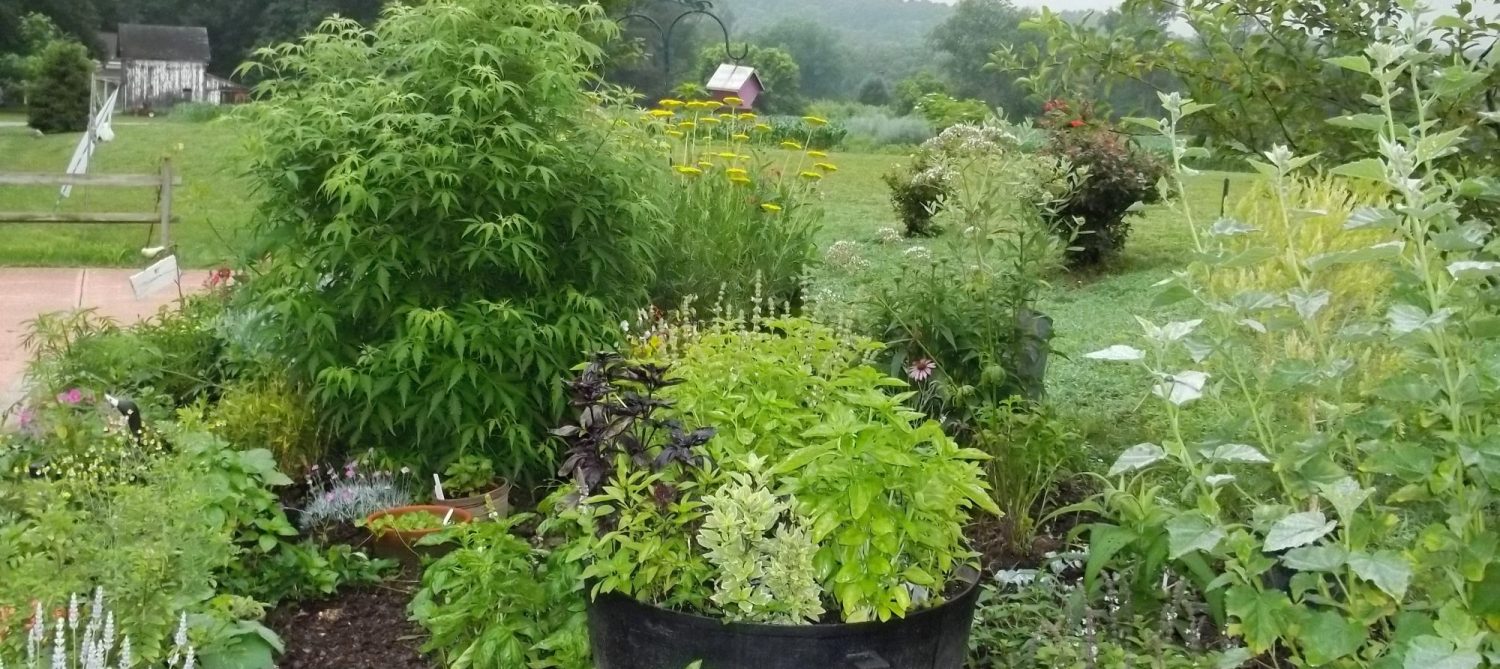
Did you ever wonder what those vertical lines are on hot peppers? They are usually brownish in color and develop as the peppers ripen. It’s called “corking”, which means there’s minor striations or scaring on the ripened pepper.
What has happened is that the pepper needs to stretch to accommodate the quick growth during a lot of rain and plenty of sun. That growth spurt results in those lines and slight cracking of skin. Seems like the skin on these peppers is a bit thicker than those unscarred.
I’ve read that in some parts of the world, hot pepper lovers think corking is a good thing.
It’s not pretty, though, and that’s the reason you seldom see them at the market.
Some of my hot peppers have developed corking, particularly the jalapenos, and that’s OK by me. Those are the ones I’ll roast or grill. The pretty ones go into pickled peppers, candied jalapenos and the like.
One tip here. That corking is a good indication that it’s time to harvest those peppers at the peak of ripeness.
And the interesting fact is that striations/corking develops only on hot, not sweet peppers.
As promised, here’s my most popular and simple way to preserve hot (or sweet peppers).
The recipe, as many of you know who have seen it through the years, is from friend and expert canner, Nell Wilson. Nell, a Mason resident, has been preserving foods for many years, and this recipe is one handed down for generations in Nell’s family. It’s the one I use each year, too.
Nell Wilson’s simple pickled hot peppers
It’s now recommended to process these peppers in a water bath for 15 minutes.
But I still just sterilize the jars in the dishwasher, pack the peppers into hot jars, pour boiling brine over, seal and store in the pantry, just like Nell has been doing for years.
I’ll leave it up to you to process the pickles in a canner or not.
Use gloves when handling hot peppers. Don’t touch lips, eyes, etc.
Ingredients
Clean hot peppers, enough to fill 10 pints or up to 6 quarts
Brine
6 cups clear vinegar, 5% acidity
2 cups water
1/4 to 2 cups sugar (optional but takes some of the “bite” out)
Bring brine to a boil and keep hot as you fill the jars.
To Prepare Peppers:
Wash jars in dishwasher and leave them hot.
Peppers: Leave whole with a slit down the center, or cut into slices as desired.
Remove seeds and membranes, or not. Seeds and membranes make the peppers hotter.
Place peppers in hot jars, packing very tightly. Otherwise, they’ll tend to float.
Pour boiling brine over, covering peppers, leaving 1/4” headspace.
Wipe rims with clean wet cloth and seal with lids and bands.
Cool and store in pantry up to 1 year.
Good add ins: Sweet peppers, bay leaves, garlic, dill.
Tip: Best ways to cool your mouth after eating hot peppers
It’s the capsaicin in the pepper that causes the burn.
Reach for a glass of milk or other dairy. The protein/casein in dairy helps break up the heat.
A bit of sugar, honey, or a bite or two of bread helps soak up the hot oils, too.

